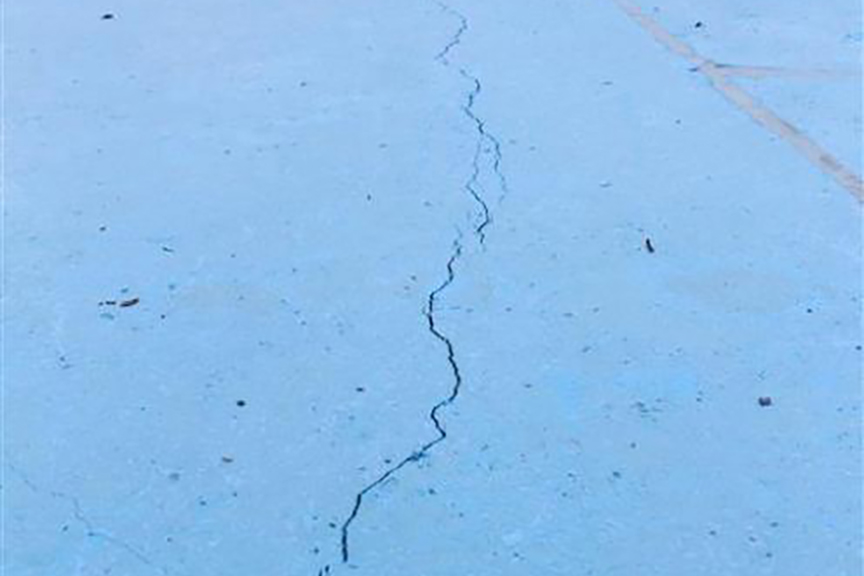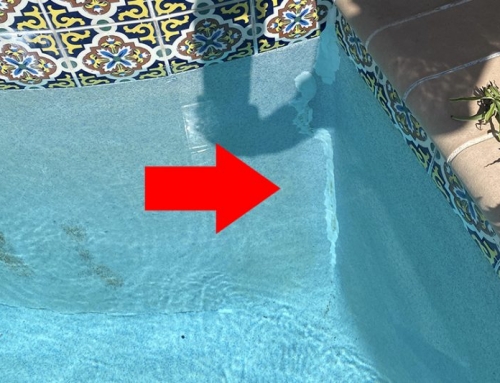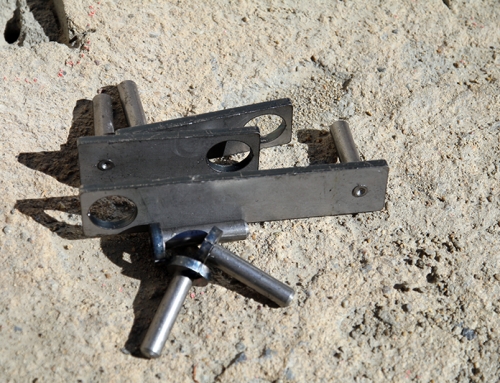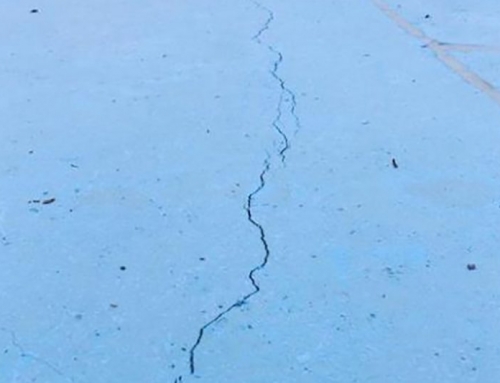When it comes to pool crack repair and water loss in Gunite pools, do not take the advice of repair contractors that claim epoxy injection and quick-fix methods are the solution. You’ll pay twice to repair the crack and you can potentially cause more damage by doing it the wrong way. There is only one permanent solution to structural crack repair; Torque Lock Structural Staples.
When it comes to Gunite, simple topical repairs made while the pool is filled, epoxy crack injections, or extensive concrete removal and structural reengineering are among the options that will further damage your pool shell and cost you big. Make repairs using Torque Lock Structural Staples and end leaks due to cracking forever.
Epoxy does not penetrate cracks in pool shells. This has been proven time and time again when contractors attempt to inject epoxy into cracks. Epoxy is fluid. When it enters the crack, it runs down to the base of the crack and does not penetrate the full distance of the crack in the shell. It isn’t possible to create a complete fill in front and behind a pool shell when injecting epoxy from inside the shell. It’s a guaranteed failure, as when the epoxy does harden, it is subject to separation from the lining of the crack if any movement occurs. It is not a guaranteed repair, it’s a temporary band-aid that will need to be properly fixed later.
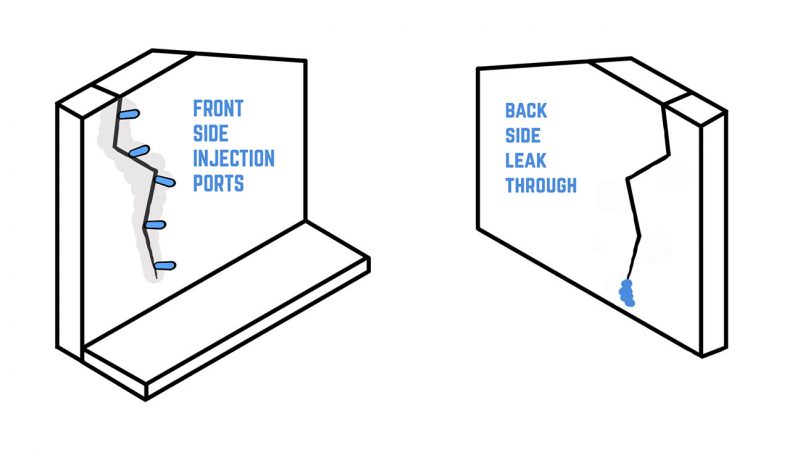
Extensive cutting and removal of sections in the pool shell are another big mistake in pool crack repair. When removing parts of the shell, you are taking big chances with the overall integrity of the pool itself. Another issue is that the entire area you’ve cut and removed offers a slew of new areas where leaks are going to occur. When two separately poured sections of concrete meet, they make a cold joint. When in the bottom of a pool, like in the photo below, those areas are subject to separation with the slightest ground movement in the pool. Now you have a bigger problem that simply can’t be pasted back together with another band-aid repair.
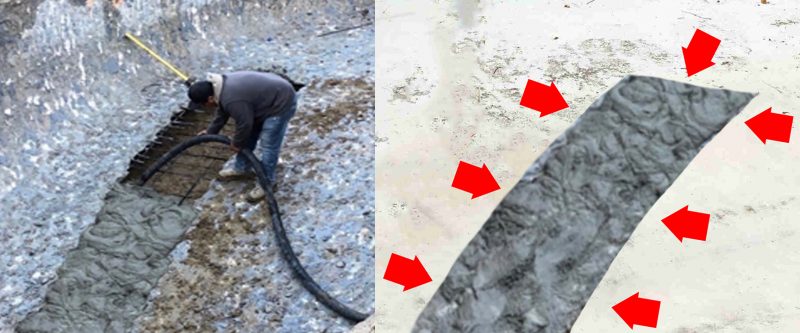
A Minnesota based pool-plug manufacturer offers a suggestion on their website for pool crack repair, with no actual repair experience in actual Gunite pool repair. It’s important to demystify the misguided advice and understand that when someone offers repair recommendations, they should be experienced in professional pool repair. This manufacturer states, “The simplest and least expensive type of crack repair is a topical patch to the surface of the crack. Such repairs can be made with a variety of epoxies and sealants many of which can be applied underwater.”
Ironically, that manufacturer sells patches and epoxy.
If your home had a crack running up the wall, you wouldn’t simply paint over it and consider it repaired. Smearing on underwater epoxy to hide a crack does not repair a crack either. It may temporarily block some water from seeping through for a short period of time, but the crack isn’t repaired. Yes, this is simple, and probably the least expensive way to hide a crack, but it isn’t a repair. This is a useless expense that will still have to be repaired professionally as it fails to stop water loss and cracking in the very near future.
When a professional Gunite Repair Contractor approaches a pool, the first thing they do is to drain the pool and find out where the pool is cracking, and the severity of those cracks. Like CalTech Pools CEO Darren Merlob shares, “We first mist and map the cracks. We use this specialized technique to see where the cracks end, so we can be 100% sure of what exactly needs repair.”
Once the cracks have been identified to their full extent, marking the surface area for repair takes place. The surface is prepared for the installation of the Torque Lock Structural Staples and the patented staple is installed every 12 inches along the cracks, ensuring complete coverage and the best repair potential that can be made.
The Torque Lock Structural Staple is the only patented post-tension controlled-compression staple in the industry. It allows the user to apply an opposing force to the separation of the crack. An applied torque of up to 5000 lbs. means when a crack attempts to widen due to ground movement, pool shifting or settlement or water pressure – it simply can’t.
It is important to do some homework before inviting someone to take a shot at repairing your pool shell. Structural cracks don’t mean the end of your pool, but haphazard repairs and band-aid techniques can allow the damage that is already done to get worse over time. There is a point where a pool can’t be fixed and demolition and replacement becomes the only option. Don’t let that happen! When you suspect structural cracking to be an issue, visit the Find-A-Pro Page on the Torque Lock website and find a professional installer who can fix your pool properly.
Demystify the crazy band-aids and temporary repair methods some pool contractors use. When Torque Lock Staples have been installed, your pool is actually repaired, and the cracks are gone.
Learn more by seeing video content here on the Torque-Lock.com website or call 818-436-2953 to discuss your pool cracks and the options for repair.
If your pool is in the Los Angeles/Ventura/Malibu area, you can request a review of your pool cracks and potential repair by visiting www.caltechpools.com.
